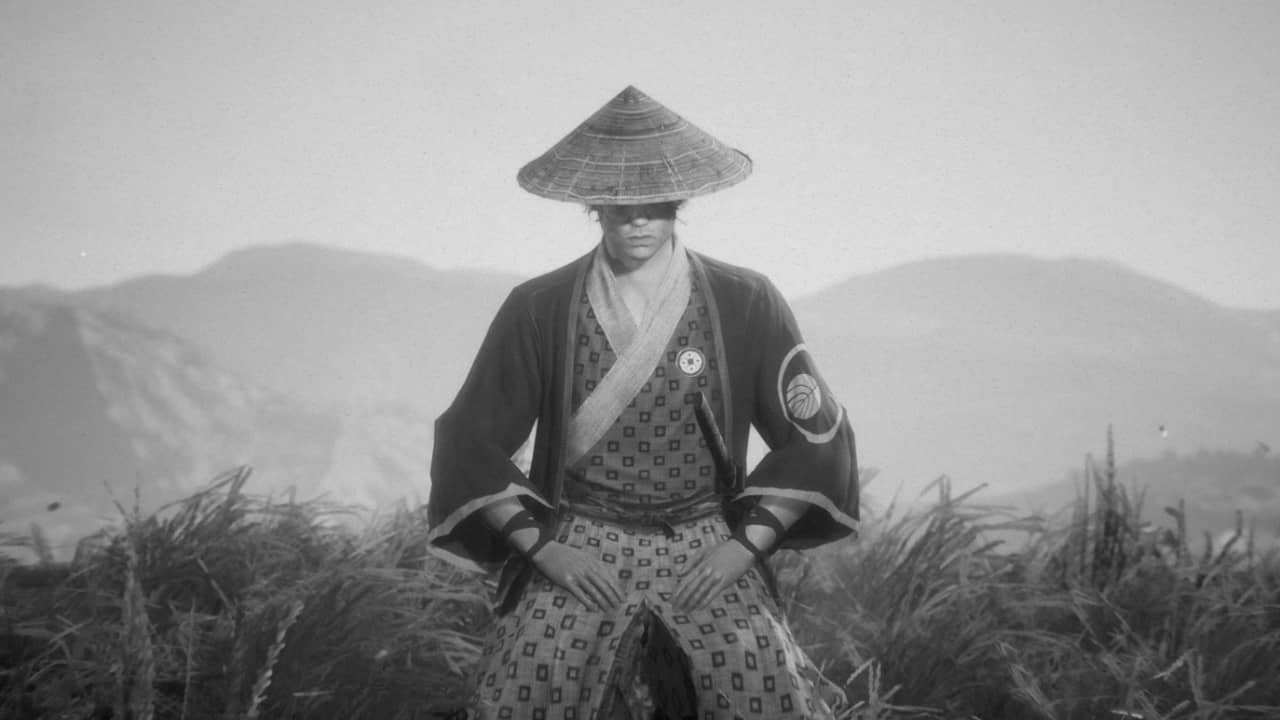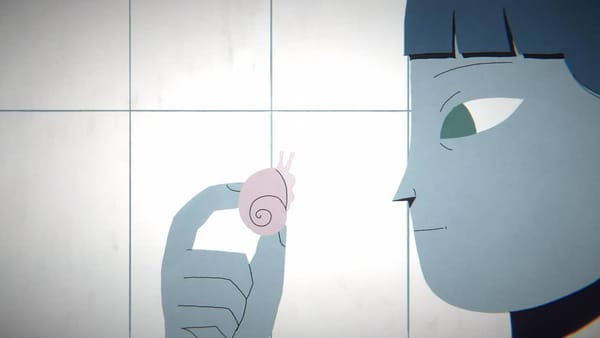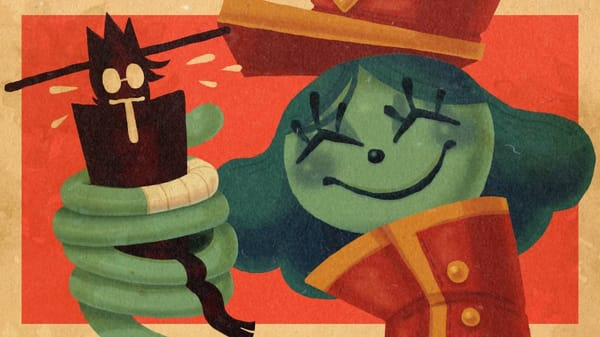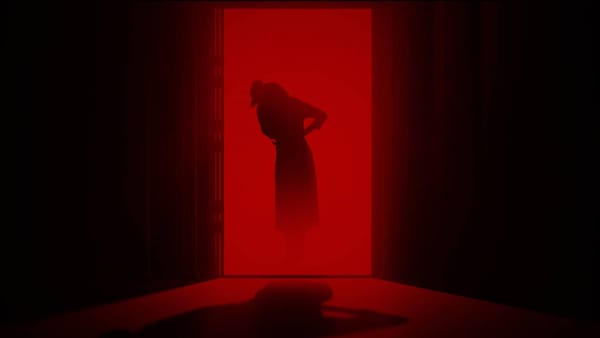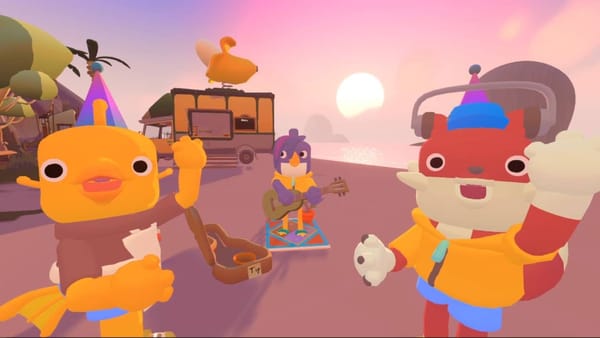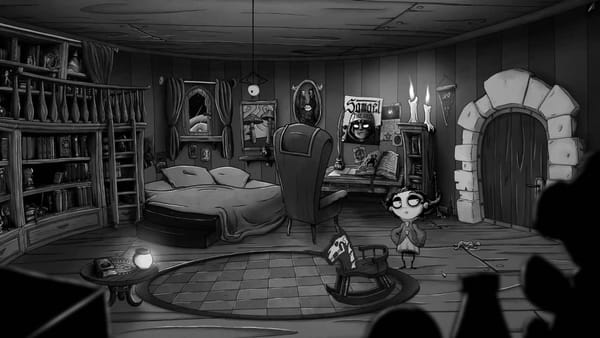Trek of Yomi? Trek to Yomi? A Japanese-themed game with the inclusion of ‘to’ was only confusing for the first act of Trek To Yomi, as it’s evident that the Yomi of the title is a location. Think limbo, purgatory or visiting the in-laws, and it’s unmistakably a place that shouldn’t be on your bucket list when you kick the bucket.
The setting is feudal Japan, Hiroki is the name, and samurai duty is the game. Trained by Sanjuro, no doubt based on the best film of all time, Tsubaki Sanjuro and not Yojimbo, Hiroki is a boy with the world at his feet – his mentor’s daughter, Aiko, his beau.
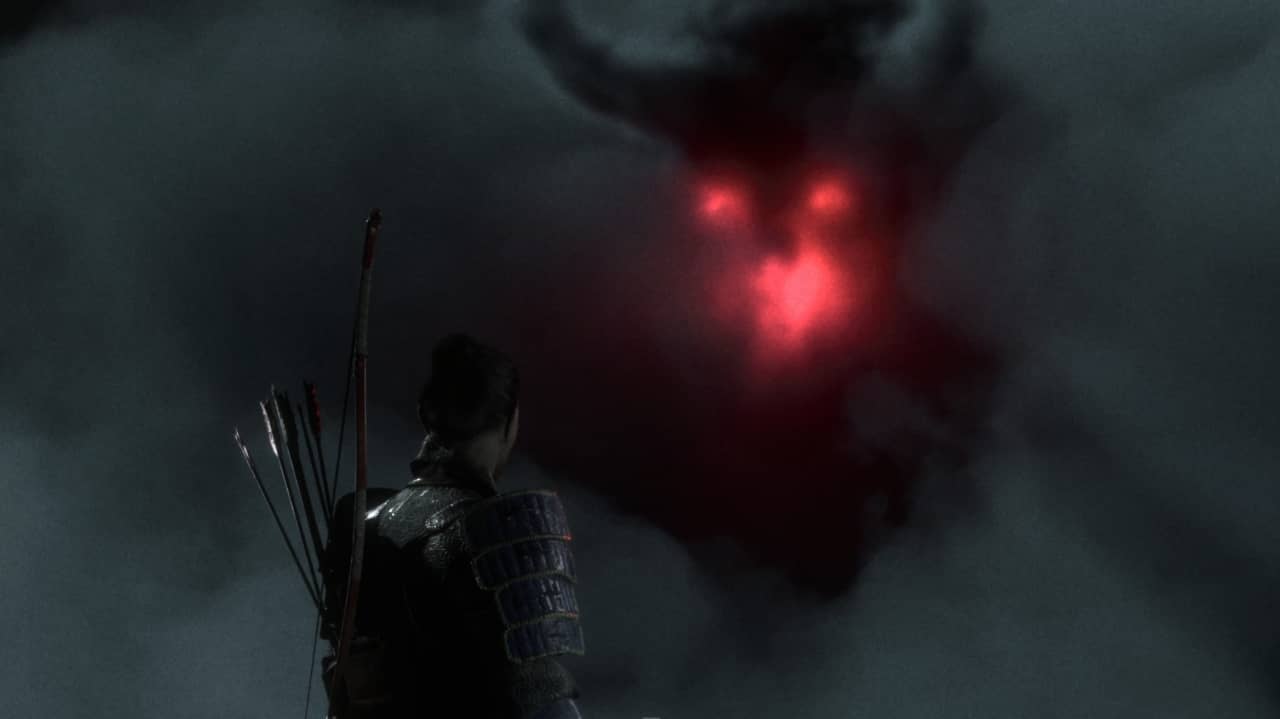
Alas! Bandits are raiding their village and trailing Sanjuro, Hiroki aims to thwart the villains with his blade of justice, but with tragic results. Fast-forward a few years later, when both Hiroki and Aiko have grown up, have hair on their chests and no longer need fake IDs for sake, more dastardly bandits arrive, so Hiroki sets out to take the battle to the enemy’s camp.
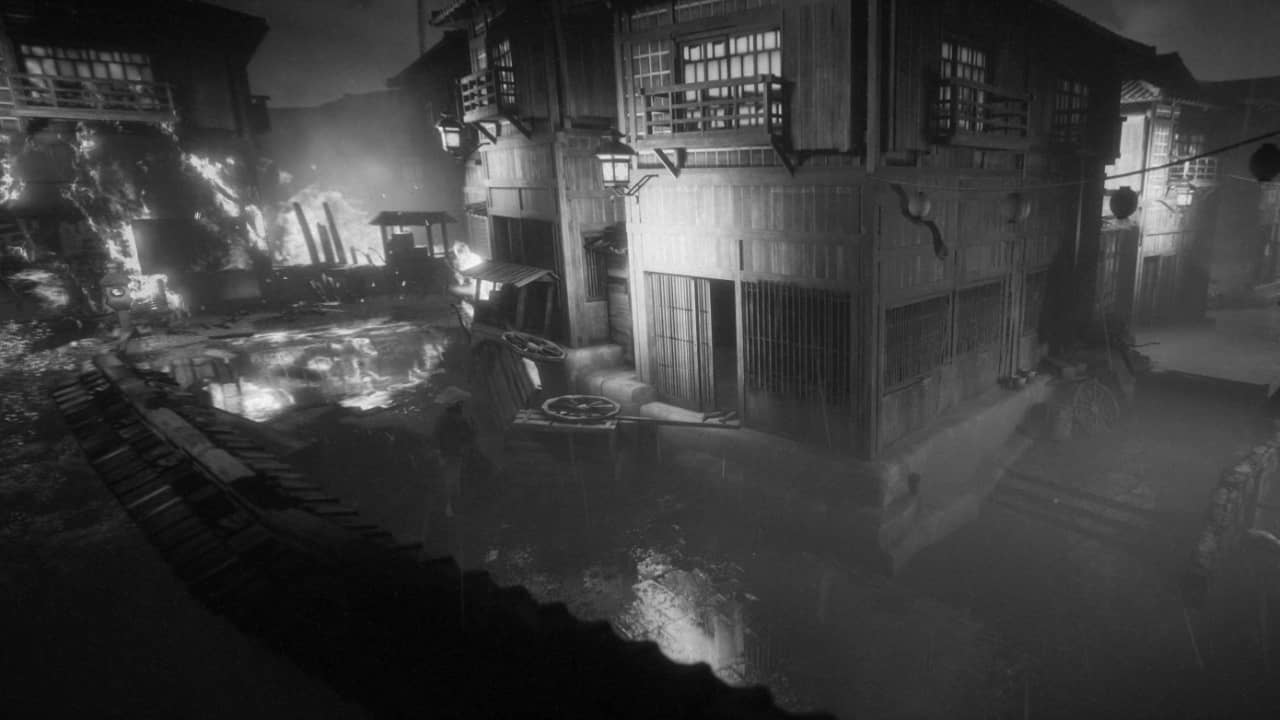
Trek To Yomi Review PS5
Trek To Yomi is a classic jidaigeki/chanbara type movie – sorry, game, and if it weren’t for the lack of six other samurai, it’s slightly similar to Seven Samurai (1954). However, after the first act, it goes tits up and more Jigoku (1960) than Dreams (1990). Note the many film references, notably the legendary filmmaker Akira Kurosawa, whom developers Leonard Menchiari and Flying Wild Hog fancy, and boy, do they nail the aesthetic. How do I know? Japanese cinema, specifically Kurosawa, was my speciality. An emphasis on ‘was’ – the old grey matter is as reliable as a villager armed with a fistful of rice.
Without divulging the deets, the story isn’t far removed from Dante’s Inferno, with Aiko as an understudy for Beatrice. Hiroki trudges through the lower depths seeking answers, encountering those he’s slain in the past, forcing him to face his inner demons. There is meaning to it all, as there will be the option to choose one of three paths: love, duty and Leeroy Jenkins, enticing repeat plays for some closure. Additionally, it’s encouraged to explore each scene for hidden lore of yokai and whatnot, health, stamina and ammo refills, if not for the absolutely stunning mise-en-scene. Snob.

Trek To Yomi gameplay is effectively a side-scrolling action game with little variation. While the 3D environments capture feudal Japan and Yomi’s essence, movement is often restricted to left and right, predetermined strides. Hiroki automatically unsheaths his sword when enemies are present, offering up light and heavy attacks, blocking and parrying.

Die By The Sword
As the story progresses, new moves are unlocked, but as this is relatively accurate to samurai swordplay, there are no overly dramatic moves. Thankfully. Accompanying his melee repertoire are projectile options that include kunai, arrows and gunpowder. Ammo availability is just right: the focus should be on the blade, right?
While enough superlatives can’t be said about the visuals, the animation is hasty at times, and the models can resemble ragdolls. Some dramatic standoffs a la Bushido Blade would have been perfect, rather than the Kung-Fu Master-like button-mashing ‘swiftly move on to the next’ approach. A handful of puzzles are on offer, but if you’re familiar with your kanji, the challenges are incredibly easy, only padding out the relatively short runtime by a few minutes. Still, achievement hunters will be in their element, as you’ll have to beat each boss without being hit. Easier said than done…
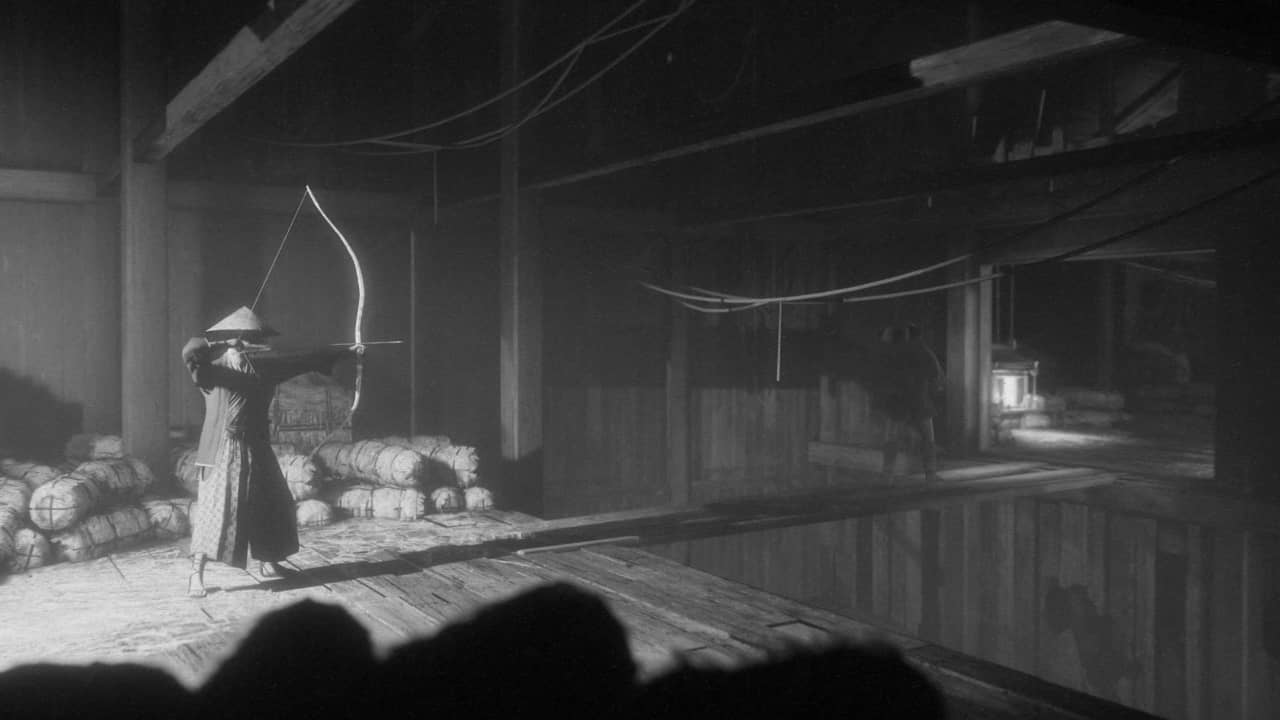
Kurosawa once said that adding the music completes the film, which applies here. Trek To Yomi is a visual masterpiece, and the score is perfect, as are the Japanese voiceovers (English is available for all those dub fans). Some other parameters can be changed, such as removing the film grain and blood filters, but this isn’t the scanlines argument – these complement the overall look and aren’t simply a filter to patch up any flaws. There aren’t any. And yes, I’m in the pro scanlines camp.
Verdict
The presentation in Trek To Yomi is faultless and one of the best interactive movies ever made. However, it’s a game, and the actual gameplay isn’t anything special, swiftly fusing into a side-scrolling button masher, regardless of the ronin difficulty levels. That said, the presentation and storytelling re-ignite that passion for Japanese cinema, making Trek To Yomi one of the best experiences this year.


